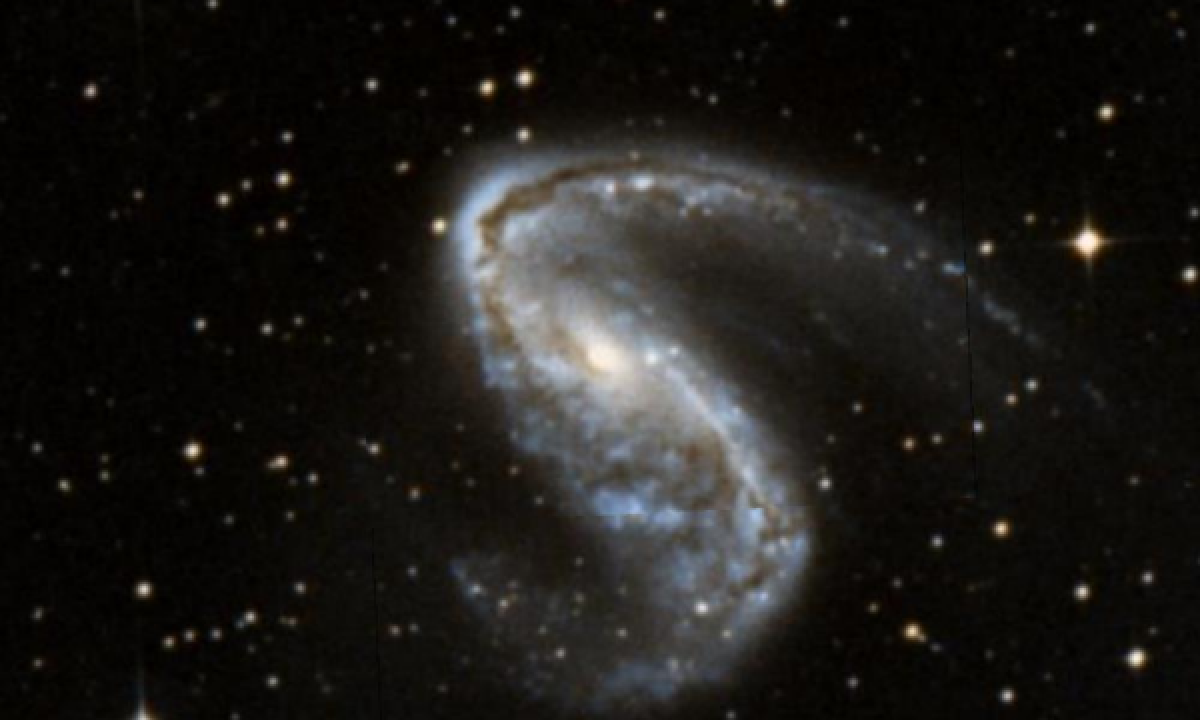The New General Catalogue of Nebulae and Clusters of Stars (abbreviated as NGC) is a catalogue of deep-sky objects compiled by John Louis Emil Dreyer in 1888. The NGC contains 7,840 objects, known as the NGC objects. It is one of the largest comprehensive catalogues, as it includes all types of deep space objects, including galaxies, star clusters, emission nebulae and absorption nebulae.
Know more about NGC
NGC 2442
Warning: Trying to access array offset on value of type null in /home4/poornvys/paac.ppc.ac.in/wp-content/themes/paac-theme/page-new-general-catalogue.php on line 97
">
NGC 2442 and NGC 2443 are two parts of a single intermediate spiral galaxy, commonly known as the Meathook Galaxy or the Cobra and Mouse. It is about 50 million light-years away in the constellation Volans. It was discovered by Sir John Herschel on December 23, 1834 during his survey of southern skies with a 18.25 inch diameter reflecting telescope (his "20-foot telescope") from an observatory he set up in Cape Town, South Africa. Associated with this galaxy is HIPASS J0731-69, a cloud of gas devoid of any stars. It is likely that the cloud was torn loose from NGC 2442 by a companion. When John Louis Emil Dreyer compiled the New General Catalogue of Nebulae and Clusters of Stars he used William Herschel's earlier observations that described two objects in a "double nebula", giving the northern most the designation NGC 2443 and the southernmost most the designation NGC 2442. Herschel's later observations noted that the two objects were actually a single large nebula.
More Images:

Sources:
Wikipedia Page: NGC 2442
NGC 2442 at In-The-Sky website
